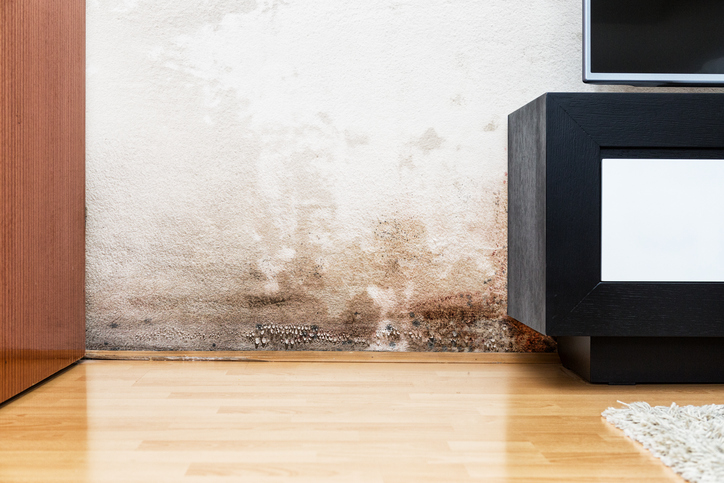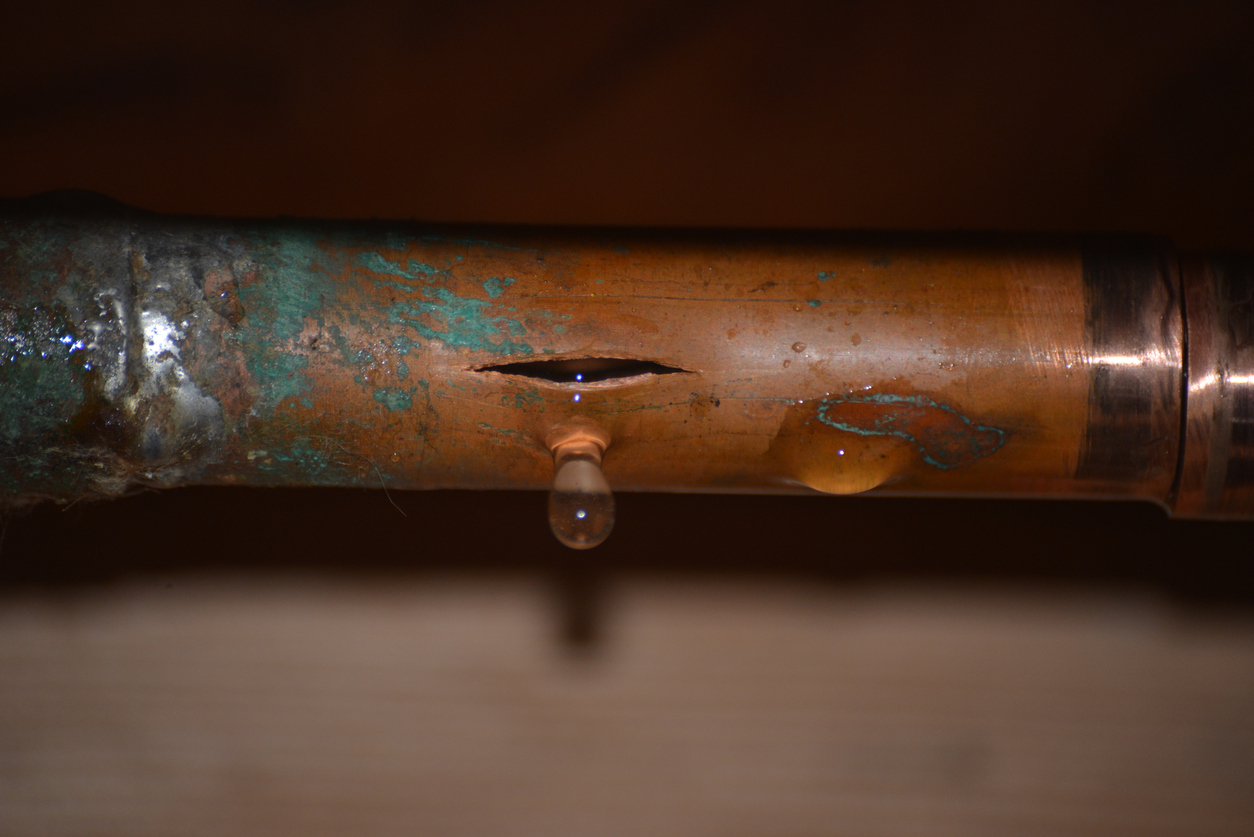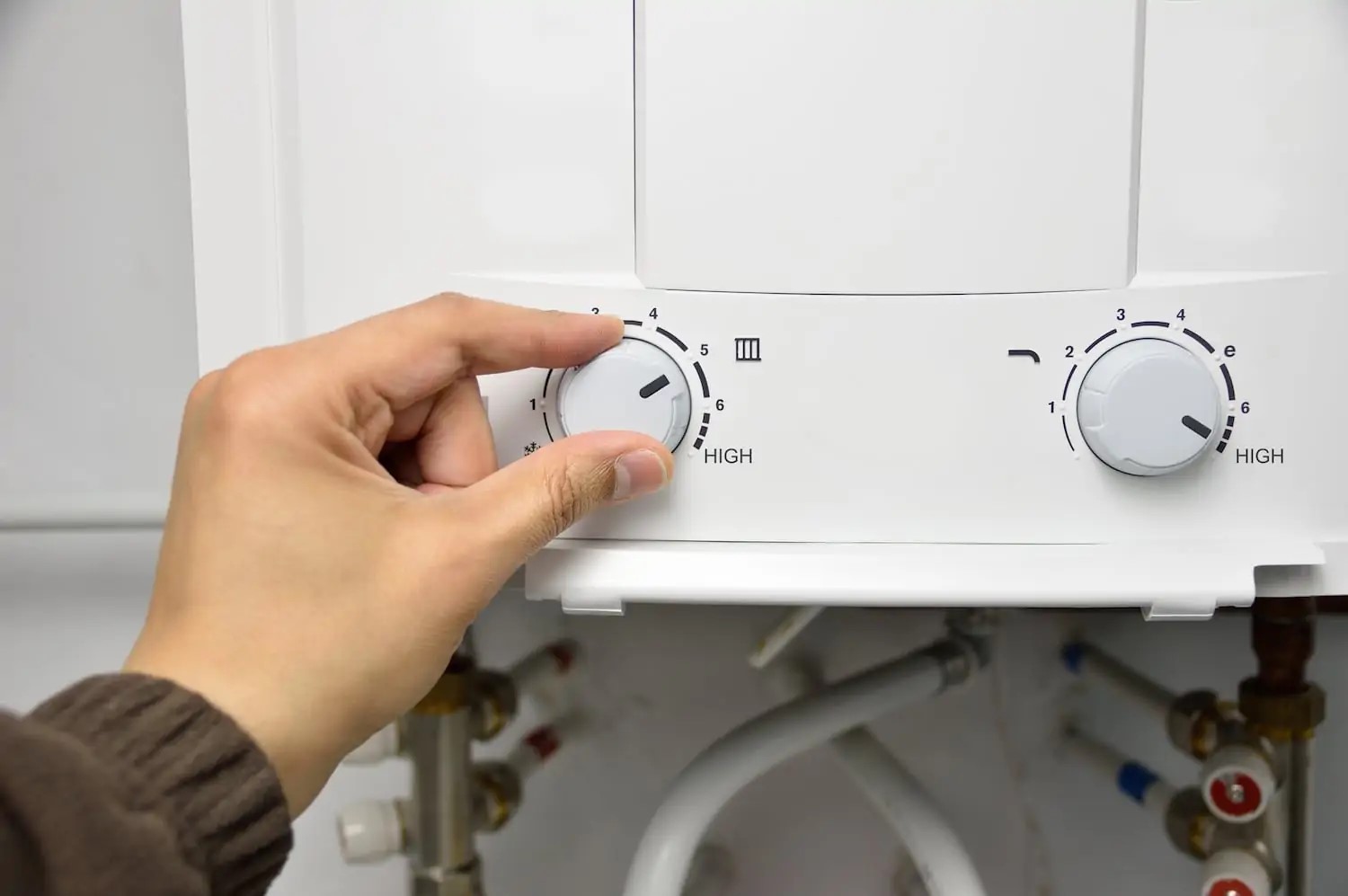Can High Water Pressure Cause My Toilet To Run All The Time?
How Does High Water Pressure Cause a Toilet to Run?
Many people call and ask what causes their toilet to run constantly. Sometimes, it is difficult to determine the real problem because there are several reasons that can cause that, including high water pressure.
To help you understand, we will examine why this might occur.
4 Reasons the Water in a Toilet Might Be Running:
- If the ballcock or float is not properly adjusted, it can cause the toilet to leak, running constantly. Water will just be washed away into the internal overflow and wasted.
- The flush valve and flush handle are another reason that a toilet might run if they are in a bind or become stuck after the flush.
- If the flapper valve is not properly installed in the tank, water will flow into the toilet bowl and constantly try to fill the tank.
- Even though high water pressure is not the top reason a toilet may be continually running, it can become a serious issue for the toilet and all the other plumbing fixtures if the water pressure exceeds 80 PSI.
Why Does High Water Pressure Happen?
Most experts agree that the maximum water pressure in a home’s water supply system should not exceed 60 to 70PSI at most. Systems and fixtures will operate properly within a 45 to 55PSI range.
Unless your home is either older or on a rural property and you have your own water well, then in some way, you probably get your water from a public utility or water district. These entities will either own large wells or purchase water from a larger utility. A water utility will then hold that water in its own tanks and storage facilities and distribute it to its customers.
High water pressure can directly result from issues within their systems and out of the normal homeowner’s control.
Water Pressure in a Utility System May Experience Fluctuation
Water utilities must provide correct pressures to commercial enterprises with manufacturing processes and fire protection needs. Attempting to balance these requirements and water pressure within their system can be a difficult task when other factors are commonplace:
- Water levels within their own storage tanks.
- Water surges into storage tanks from the large diameter supply pipes from the larger utility supplier.
- Water pumps start-up or malfunction on the distribution lines.
- The home is located along a water line supply route and the distance from the source or the water pump.
How Can a Homeowner Protect Their Home?
Our next article will address the best possible solution for affected homeowners. There is a way to protect your home.
To learn more about toilets, faucets, pressurized systems, and other plumbing repair services by Leak Geeks Plumbing, call 817-431-8929 today!
Why Choose Leak Geeks Plumbing?
Got Leaks? Get the Geeks!
At Leak Geeks Plumbing, we guarantee prompt and reliable service for all your plumbing needs. Our team of experienced technicians is committed to providing you with the best possible service, and we stand behind our work with a satisfaction guarantee. Some of the benefits of choosing Leak Geeks Plumbing include:
- Upfront pricing with no hidden fees.
- All work is performed by trained, licensed, and insured professional plumbers.
- Uniformed, courteous, and informed plumbing service technicians.
- State-of-the-art equipment and technology.
- Guaranteed workmanship quality for all plumbing repair and installation services
- We leave no mess behind.
















